Majestic snowcapped mountains with unique caves, fertile plateaus and canyons leading to secret beaches, small valleys with lush green olive groves, hills with castles and whitewashed chapels hanging on the cliffs, dense forests and arid shrublands with thyme, lakes and rivers with waterfalls, secluded villages and cosmopolitan cities, countless archaeological and historic sites and modern resorts… all these make up the island of contrasts and myths!
Tradition Tradition is an integral part of Cretan soul. The Cretans have never forgotten their past, they honor it in every occasion. The healthiest cuisine in the world is the Mediterranean, which is based on the consumption of olive oil, wine, fruit and vegetables. The Mediterranean cuisine is nothing else, but the Cretan diet! Here in the land of myths and dreams where Europe got its name, the body and soul are filled with beautiful images, tastes and scents.
Learn about the history of Crete, our weather and climate, and read visitor information to help you plan your visit.

Crete is a wonderful place to drive or ride - there is no more varied or scenic set of routes and roads than those traversing the island. Do not let these tips put you off driving here - they are designed to condition you and show you how to drive in a more relaxed and of course, safe, manner.
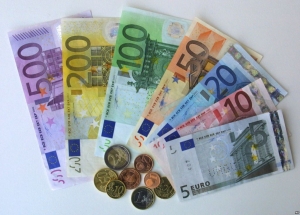
Greece is a Eurozone member, therefore the unit of currency is the Euro (EURΟ €). All major credit cards can be used in Crete, with Visa and MasterCard accepted most widely. There is no restriction on the amount of foreign currency that can be brought in or taken out of Crete. However, every person who carries more than €10,000 in cash in or out of Greece must declare it to the customs authorities.
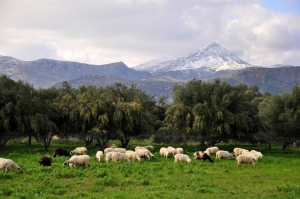
Crete, with a population of 650.000 in the prefectures of Chania, Rethymno, Heraklion and Lassithi, is one of the 13 regions into which Greece is divided. It is the largest island in Greece and the second largest (after Cyprus) in the Eastern Mediterranean.
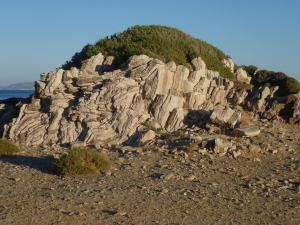
Gray limestone atop mountain peaks and vertical cliffs, deep and narrow dark canyons, steep shores, shiny greenish schist, pale phyllite, light limestone eroded by rain and wind, fertile yellowish marlstone - it’s all here. No wonder Crete is a multicolour island.
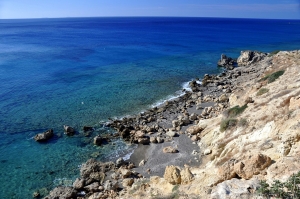
Crete falls into two climatic zones, with the largest part of the island falling into the Mediterranean and the south coasts and Gavdos island falling to the North African. It has one of the healthiest climates for humans to live as it is quite humid near the sea, with short mild winters and cool summers. While the far south has subtropical weather during summer, and inland alpine areas of the three major massifs can be as cold as -10°C (14°F) in winter, most of the inhabited areas lie close to the coast, which means mild temperatures.
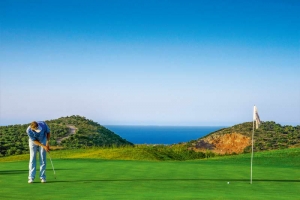
Crete is full of dramatic landscapes and constant changes of scenery. Guests have the opportunity to explore nature, history and cultural wealth of the island, while they can enjoy services of the highest quality standards.

The Mediterranean climate of Crete, the modern health structures and the innovative services that are offered, make the island a competitive destination, combining vacations and treatment harmonically. Medical tourism has been an upcoming power over the last few years.












































































